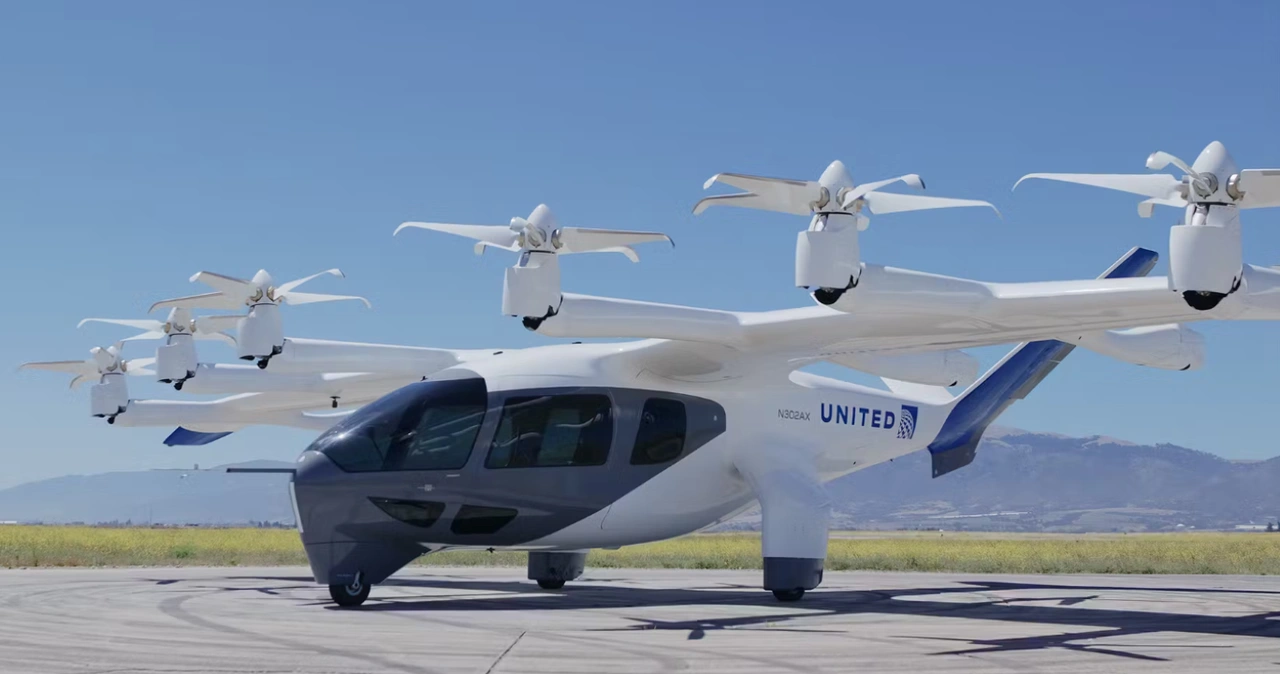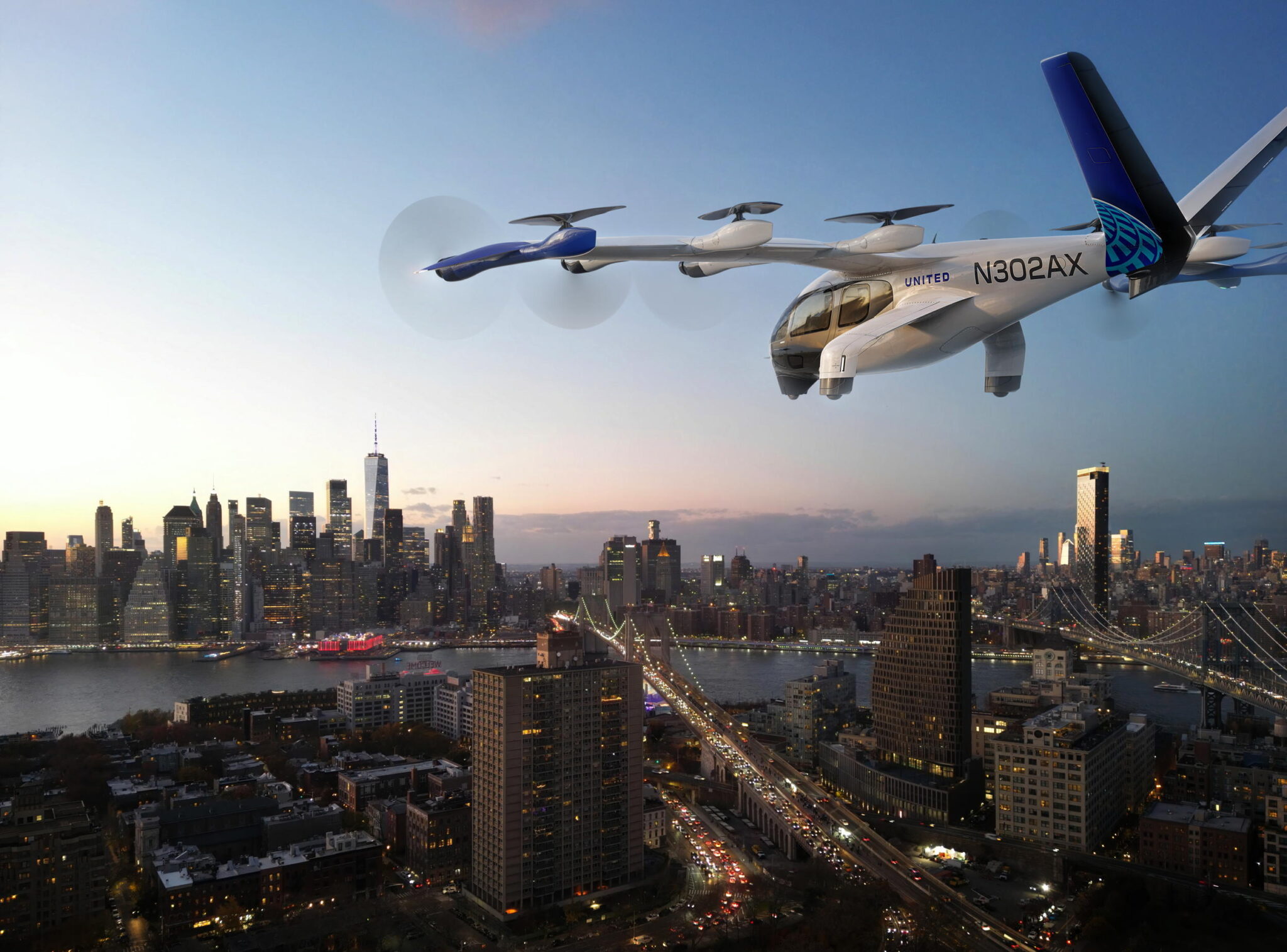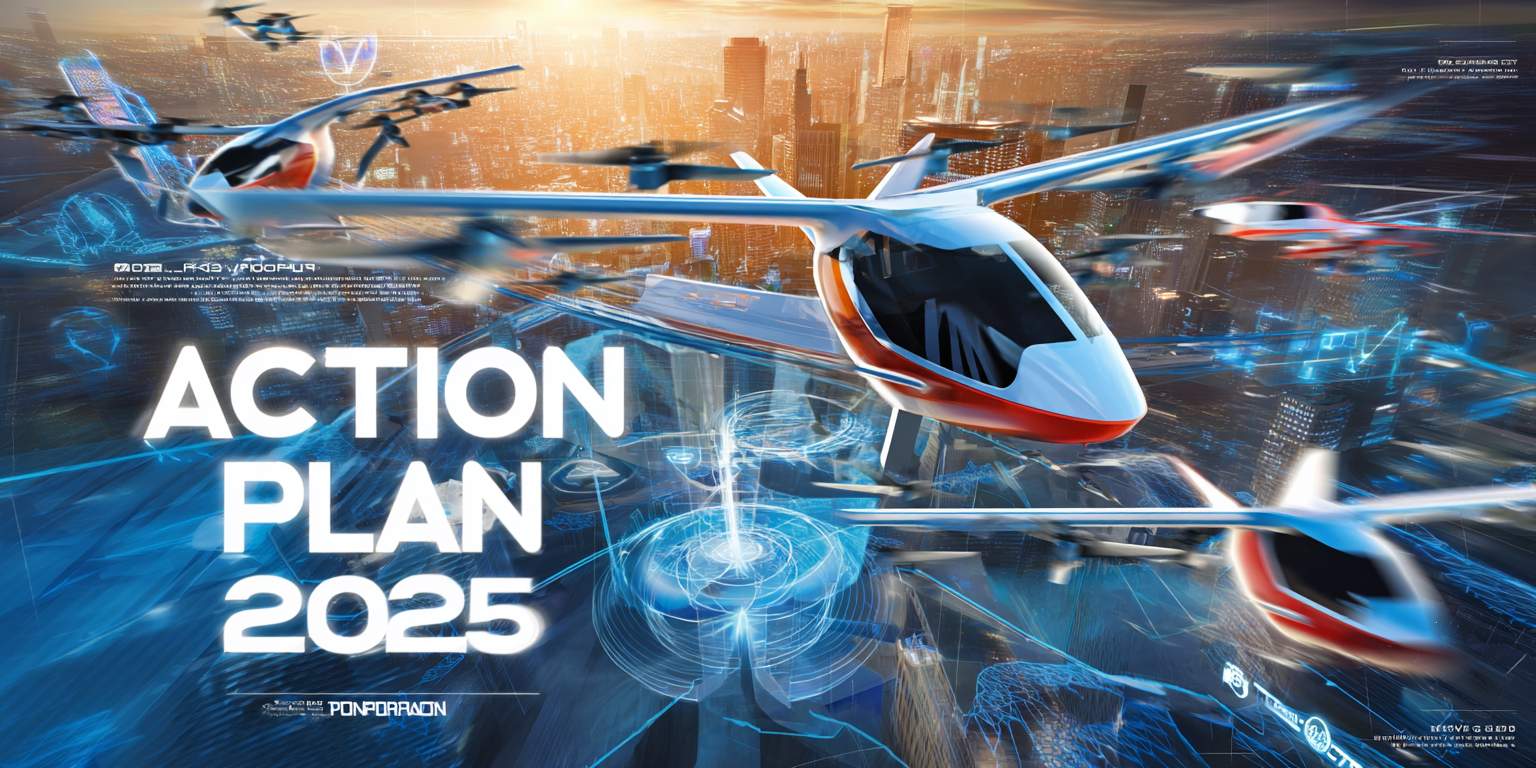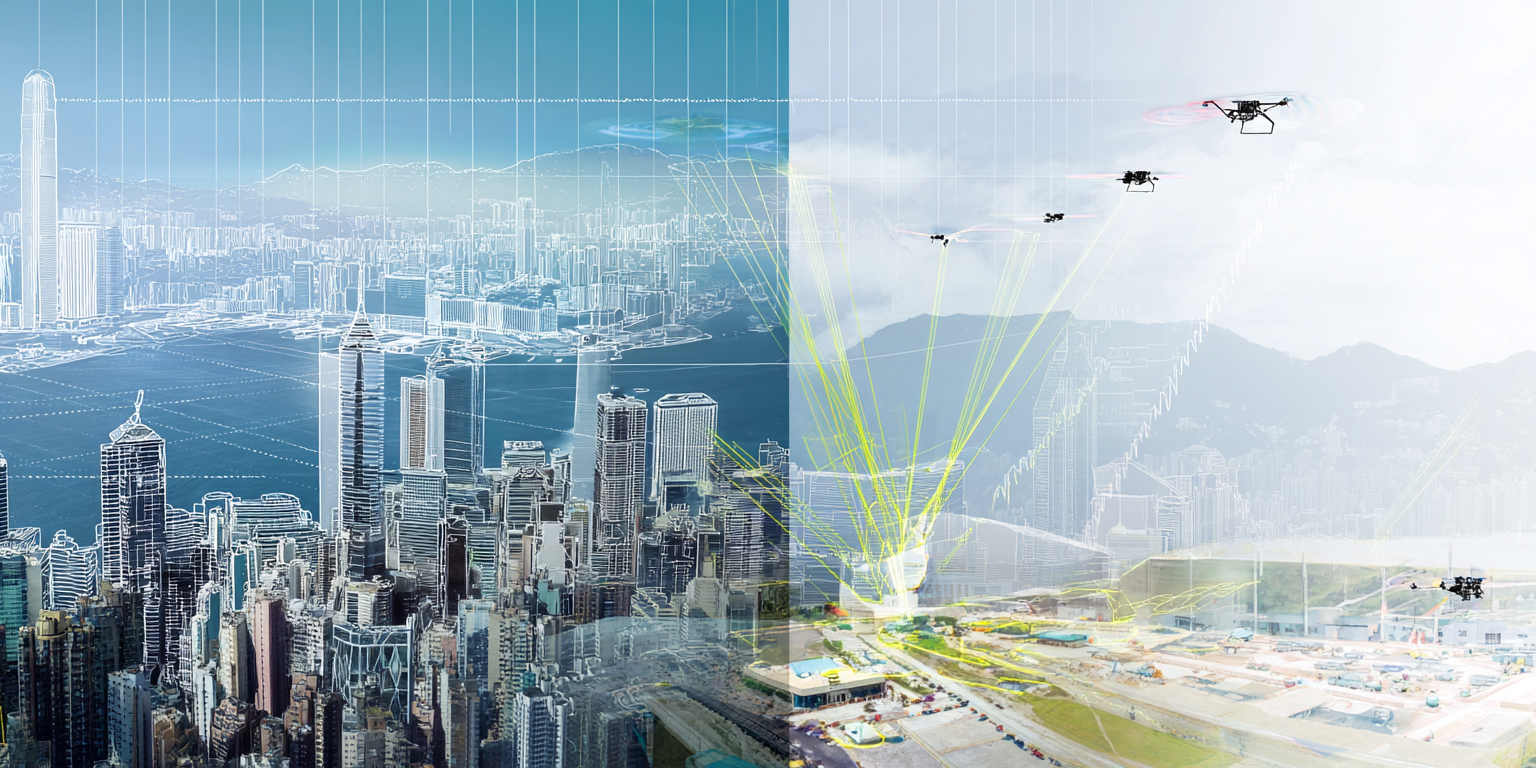Archer Aviation has revealed ambitious plans to remake urban transportation in New York City through an electric air taxi network developed in partnership with United Airlines. The initiative aims to transform the notoriously time-consuming journey between Manhattan and the region's major airports into quick, efficient flights lasting just 5-15 minutes. This comprehensive plan leverages existing aviation infrastructure and represents a significant step forward in advanced air mobility, potentially changing how millions of travelers navigate one of the world's busiest metropolitan areas.
Archer Aviation has outlined its vision for a regional network connecting Manhattan with the New York metropolitan area's major airports and transportation hubs. This network would drastically reduce travel times for passengers enduring lengthy commutes in congested traffic. The planned route structure focuses on connecting three existing Manhattan helipads with three major international airports and three regional airports.

"The New York region is home to three of the world's preeminent airports, serving upwards of 150 million passengers annually. But the drive from Manhattan to any of these airports can be painful, taking one, sometimes two hours," explained Adam Goldstein, CEO and Founder of Archer. "We want to change that by allowing residents and visitors to complete trips in mere minutes."
Network Infrastructure and Routes
Archer's strategy involves utilizing existing aviation infrastructure around the New York City area, including the established helipads at East 34th Street Heliport, Downtown Skyport, and West 30th Street Heliport, converting them into functional vertiports where feasible. This approach aims to expedite the launch of services once regulatory approvals are secured.
The network plans to connect Manhattan with key airports such as John F. Kennedy International (JFK), LaGuardia (LGA), and Newark Liberty International (EWR), as well as regional airports like Teterboro, Westchester County, and Republic Airport.
Archer is collaborating with infrastructure partners, including Atlantic Aviation, Signature Aviation, Skyports/GroupeADP, Modern Aviation, and Air Pegasus, to develop ground support and electrification capabilities.
This approach creates a comprehensive network connecting Manhattan with the New York metropolitan area. Passengers could book these flights as an "add-on" to their traditional airline travel, creating a seamless journey from the city center to their final destination.
The company's vision would transform critical routes, such as Manhattan to Newark Liberty International or JFK, into 5-10 minute flights instead of the 90-minute car journey. This approach aims to create what Goldstein describes as bringing back "the golden age of aviation, where people enjoy flying, and people can fly on an everyday basis, not only just on special occasions."
Partnership with United Airlines
Archer's collaboration with United Airlines represents a significant aspect of this initiative. United has long supported Archer, having previously placed an order for a fleet of Midnight aircraft worth up to $1.5 billion and making multiple investments in the company.
The partnership envisions seamless integration with traditional air travel, allowing passengers to book Midnight flights as an add-on to their United Airlines tickets. Andrew Chang, Head of United Airlines Ventures, explained the airline's perspective: "At United, our focus is on driving innovation, reimagining the future of air travel, and enhancing the customer experience every step of the journey. Our strategic collaboration with Archer will be key to our efforts to build and optimize the infrastructure, such as real estate development, airspace management, and safety and security protocols, necessary to bring advanced air mobility to our customers.”
Infrastructure and Implementation Strategy
Developing this ambitious network requires extensive infrastructure partnerships. Archer is working with existing infrastructure partners, including Atlantic Aviation, Signature Aviation, and Skyports/GroupeADP, as well as new partners, Modern Aviation and Air Pegasus, to develop and electrify aviation assets in the proposed network.
The New York City Economic Development Corporation (NYCEDC) has supported the initiative. Andrew Kimball, President and CEO of NYCEDC, noted, "New York City is leading the way in embracing AAM and safely integrating this new technology into our city's transportation networks. The next frontier of urban air mobility is happening sooner than many think, and our Downtown Skyport will play an important role".
The Port Authority of New York and New Jersey has also shown interest in exploring this new form of mobility. Rick Cotton, PANYNJ Executive Director, stated, "The Port Authority is excited to help explore the possibility of a new wave of air mobility in the New York and New Jersey region. We look forward to continued collaboration with Archer, other OEMs, operators, and partners across the ecosystem to responsibly explore how this new technology can be safely integrated into the region's broader transportation network and ensure our airports are ready to support safe and efficient operations."
Timeline and Regulatory Progress
Archer continues working with the Federal Aviation Administration (FAA) to seek Type Certification of its Midnight aircraft. The company achieved a significant milestone, receiving its FAA Part 135 Air Carrier and Operator Certificate in June 2024.
Once Archer receives Type Certification, it and its operating partners plan to integrate the Archer Midnight into service, beginning with major airports like New York City.
Before launching in New York, Archer plans to begin commercial operations in Abu Dhabi in the fourth quarter of 2025, where it's pursuing parallel regulatory approval. The company envisions a gradual expansion, starting with a relatively small number of vehicles in service in 2025 and 2026, then ramping up later in the decade.
Archer is scaling up production at its manufacturing facilities in San Jose, California, and Covington, Georgia, to prepare for full commercial launch. The company plans to build up to 10 Midnight aircraft in 2025.
Business Model and Future Prospects
Archer's initial pricing strategy appears targeted at "high-end rideshare" customers, initially focusing on business and first-class travelers. However, Goldstein has expressed that the long-term goal is to make the service affordable for everyday commuters to use regularly, potentially replacing traditional car rides to and from airports.
Archer's chief commercial officer, Nikhil Goel, said, "We will begin on a small scale, with a gradual transition from helicopters." As demand increases and community integration improves, the service will expand.
While the company has not announced an exact launch date for the service, initial pricing projections suggest a one-way trip to a major airport will cost around $200, with plans to eventually reduce this to $100 or less as the service scales.
"I don't think anybody is excited to sit in a car for 90 minutes to travel 15 miles," Goldstein said, describing the aircraft as "almost like a time machine" for urban transport.
The New York network is just part of Archer's broader global strategy. The company has previously announced similar networks in San Francisco and Los Angeles, with the latter planned to launch in time for the 2026 FIFA World Cup. Archer has also secured partnerships beyond United Airlines, including a deal with Ethiopian Airlines in March 2025 to establish an electric air taxi network in Ethiopia and explore the African market.
Financially, Archer is in a solid position to execute its plans, having closed a $301.75 million funding round led by BlackRock in February 2025. The company's market valuation was $3.94 billion as of April 2025.
Midnight Aircraft: Technology and Safety Features
Archer's air taxi plans center on the Midnight aircraft, an electrically powered vertical takeoff and landing (eVTOL) vehicle designed specifically for urban air mobility. The aircraft can carry one pilot and up to four passengers along with their luggage, making it ideally suited for airport transfer services with its 1,000+ pound payload capacity.

Advanced Redundant Propulsion System
The Midnight aircraft features a sophisticated "twelve-tilt-six" configuration incorporating 12 independent electric motors and propellers strategically positioned across the aircraft. This distributed electric propulsion (DEP) system includes:
- Six tilting propellers at the leading edge of the wing that provide both vertical lift during takeoff/landing and forward thrust during cruise
- Six fixed propellers dedicated solely to vertical flight operations
- Each tilt-propeller features 5 blades, while each VTOL-only propeller has 2 blades
- Power distribution through 6 independent battery packs, ensuring continued operation even if one pack fails
This redundant design means that if any single motor or propeller fails, the remaining components can compensate and safely complete the flight, eliminating single points of failure that plague traditional helicopters.
Addressing Helicopter Safety Limitations
Midnight directly addresses the safety concerns that have historically limited widespread helicopter adoption through several innovative approaches:
- Elimination of Critical Failure Points: Unlike traditional helicopters, which may have 200-300 single points of failure, Midnight's electric propulsion system features significantly fewer moving parts by eliminating the combustion engine and complex gearbox systems. Archer CEO Adam Goldstein explains, "You have lots of redundancy... Suddenly, you have a vehicle that can be fully redundant with zero single points of failure – versus a helicopter, which might have 200 or 300 single points of failure".
- Simplified Maintenance Requirements: The electric motors used in Midnight have significantly fewer moving parts than those found in gas turbine or piston engines, allowing it to operate with reduced maintenance needs and lower overall mechanical risk. This simplicity not only enhances safety but may also reduce operating costs.
- Advanced Flight Control Systems: Midnight's avionics include four ultra-compact avionics platform (UCAP) flight control computers with redundant inertial navigation, global navigation satellite system (GNSS), and above-ground level sensors that provide the pilot with reliable and resilient flight data.
Enhanced Safety Through Fixed-Wing Design
A critical safety advantage of Midnight over traditional helicopters is its fixed-wing design, which provides gliding capability in emergencies. If power is lost, the aircraft can glide up to 20 miles, offering a substantial safety margin not available in conventional rotorcraft. This gliding capability provides:
- Extended emergency landing options
- Greater time for pilot decision-making during emergencies
- Reduced reliance on continuous power for flight sustainability
The combination of distributed propulsion, redundant systems, and fixed-wing gliding capability allows Midnight to achieve safety levels comparable to commercial airliners rather than helicopters. Billy Nolen, former FAA Acting Administrator who joined Archer, emphasized this commitment to safety: "With many industry experts predicting that the public will have essentially zero tolerance for eVTOL accidents, Nolen says Archer and the FAA are seeking to achieve safety levels greater or higher than those of commercial passenger jets".
The aircraft's airframe construction further enhances safety, utilizing a combination of lightweight carbon fiber and highly toughened resin systems (prepreg) that provide strength and durability while reducing overall weight. This structural approach supports safety and performance objectives as Archer works toward FAA Type Certification in late 2024.
Archer Aviation's planned New York air taxi network represents an ambitious vision for the future of urban transportation. By leveraging partnerships with United Airlines and infrastructure providers, utilizing existing aviation facilities, and developing advanced electric aircraft, the company aims to transform people's travel within one of the world's busiest metropolitan areas.
While significant regulatory and operational challenges remain, the initiative has garnered support from key stakeholders and comes amid growing interest in advanced air mobility solutions. As Archer works toward certification and initial deployments in international markets, the coming years will determine whether electric air taxis can fulfill their promise of providing fast, safe, and sustainable transportation in urban environments.




